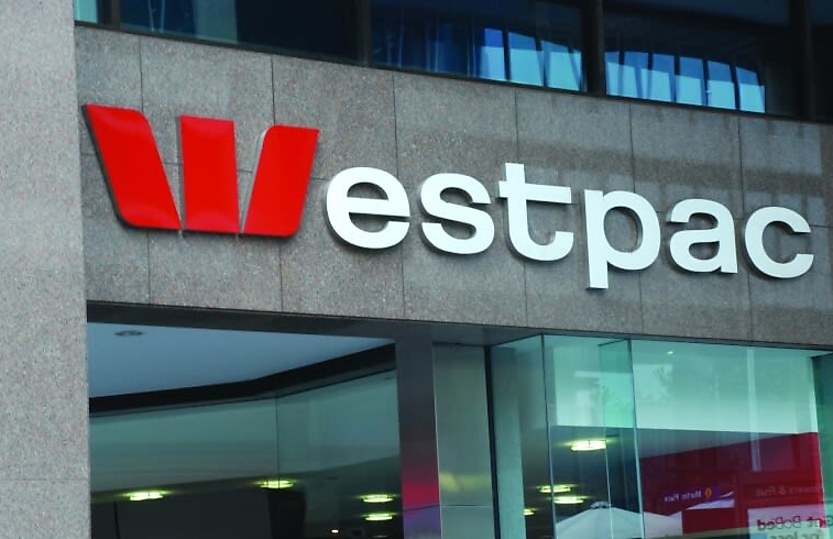Weakness in June wages data ‘overstated’ says Westpac

The current strength of the labour market means wages growth may have further to run, the major bank says.
Westpac economists Justin Smirk and Ryan Wells said while the June quarter Wage Price Index was lower than expected, it may be too early to argue the economy is at a turning point when it comes to wage inflation and the labour market’s strength.
Mr Smirk and Mr Wells said the strength of the labour market may still have further to run for wages growth, employment and unemployment.
“We may be getting close to the turning point but this is likely to occur in early 2024 rather than in the second half of this year,” the economists said.
The WPI rose 0.8 per cent in the June quarter, on par with the previous two quarters but less than market expectations for a 0.9 per cent rise and Westpac’s forecast for a 1.0 per cent rise. This saw the annual pace slow from 3.7 per cent over 12 months to 3. per cent.
Westpac has previously forecast wage inflation would peak at 4.1 per cent on an annual basis at the end of this year.
“Prior to the release of the June WPI we had thought that any possible moderation in private sector wage inflation would be offset by strength in public sector wage outcomes. Private sector wage gains did moderate in June, with annual wage growth flattening out at 3.8 per cent year, but public sector wages did not pick up as expected,” the Westpac economists said.
“Public sector wages lifted 0.7 per cent in June, which was quite a bit softer than the 1.0 per cent print in March with the lift in the annual growth rate from 2.9 per cent to 3.1 per cent the result of base effects, not an acceleration in momentum.
So does this mean we have seen the peak in wage inflation? While we are close, we don’t think we are there yet.”
The major bank said the increase in the minimum wage of around 5.9 per cent has been added to the 15 per cent increase granted for age care workers.
“This increase is paid from 1 July so it will appear in the September quarter. In addition, there are a fair number of enterprise agreements, and even individual arrangements, that are linked to the minimum wage or the CPI and will therefore be indexed to those measures in the September quarter,” the Westpac report stated.
Last September, the WPI index rose 1.1 per cent on the back of a 4.7 per cent increase in the minimum wage, suggesting the increase this September is likely to be a bit larger even with the current moderation in underlying wage inflation, the bank said.
“Incorporating this larger increase in the minimum wage, plus the 15 per cent boost to age care workers, we expect to see the WPI lift 1.3 per cent in the September quarter,” Mr Smirk and Mr Wells said in the report.
“The gain could be even larger due to some enterprise agreement wages being index to the WPI or the CPI, which could offset the current moderation in underlying wage inflation. Our earlier forecast for the September quarter WPI was 1.1 per cent per quarter.
The underperformance of the WPI to date, combined with the moderation in the underlying wage inflation momentum, has seen Westpac revise down its end-2023 forecast from 4.1 per cent to 3.8 per cent.
Wage inflation is now forecast to peak at 3.9 per cent in the September quarter, Westpac said.
However, the Westpac report stated that there is still reason to believe that the weakness associated with July’s labour force statistics “may be overstated”.
At least at this stage, based on past experience, August’s reading will likely provide another chunky read on employment, probably to the upside. Our central case remains that the labour market will soften only gradually – but by all means still remain tight – through to the end of the year, with the unemployment rate reaching a quarter-average of 3.8 per cent.
“We should also highlight the ongoing strength in working age population growth. Up 2.8 per cent, this is the fastest pace of growth in the history of the series (back to 1979), highlighting just how strong significant the current pace of immigration is. The previous peak growth was 1.7 per cent in early 2019 and the all-time peak before 2023 was 2.4 per cent in late 2008 (at the peak of the mining boom).”
About the author

